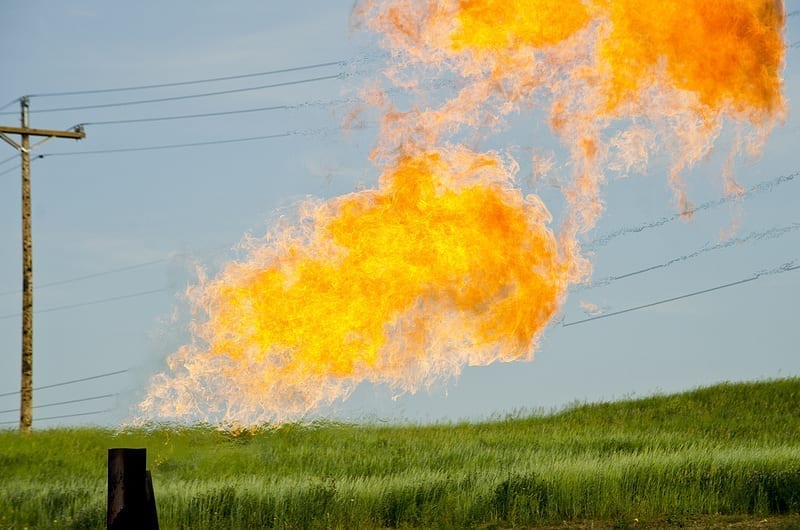Reductions in coal and petroleum will further propel the demand for LNG to an unprecedented high.
There are three main sources of energy: Fossil fuels (the most common source), renewable sources, and nuclear energy. Liquefied natural gas (LNG) falls under fossil fuels together with gas and coal. Gas and coal are more popular fossil fuels. The liquified natural gas (LNG) sector is, however, flourishing and overtaking other fuels as governments worldwide transition to more sustainable, clean, and renewable energy sources such as wind and solar. Although it’s a fossil fuel, LNG has significantly lower greenhouse gas emissions compared to other hydrocarbons. It is, therefore, largely seen as a cleaner and more sustainable bridging fuel source that will aid the global transition.
Why is the Demand for LNG on the rise?
According to a report by Morgan Stanley Research, as reported by Reuters, the demand for LNG is predicted to grow by 50% over the next 8 years. The countries leading this growth include China, India, Bangladesh, Indonesia, Taiwan, Thailand, and Malaysia. There also are key businessmen and investors who are spearheading this shift in the global energy sector, including
- Joseph Sigelman, CEO of AG&P Group.
- Claudio Descalzi, CEO of ENI
- Anders Opedal, CEO of Statoil
- John Watson, CEO of Chevron
LNG is an efficient and versatile fuel
On top of being cleaner than coal and other fossil fuels, LNG is gaining popularity across the world because it is a sustainable energy source for a variety of sectors. It can, for example, be used in the transportation sector to fuel all manners of vessels and trucks. It also can be used in the household as a heating source as well as to power cooking appliances. LNG can also power electrical grids and a variety of equipment and tech infrastructures.
A staple energy source

Because it can power a ton of industries, LNG is quickly becoming a staple energy source across the world. Developed economies in Europe and North America largely rely on natural gas as their primary energy source for heating and electricity. Developing economies, especially in India and the Far East, rely on natural gas as their primary cooking fuel and power source for vessels and vehicles. This staple nature of LNG means that the world is going to need more LNG in the coming years.
Lower emission intensity
Authorities and consumers now acknowledge the huge environmental benefits of minimizing coal consumption. However, most green fuels aren’t sufficiently developed and commercialized. There is a transition phase that the world has to go through before we fully integrate green energy into our household and industrial power grid. Hydrocarbon energy sources with lower emission intensity, e.g. LNG, will be more sought after over the foreseeable future.
Affordability
Gas prices have been on the rise over the last 2 years. The ongoing conflict between Russia and Ukraine has exacerbated the situation, and things don’t seem to improve any time soon. LNG has stood out as the most ideal solution to this problem because it can be produced locally in Western Europe (Germany, Spain, and Croatia), North America, and the Far East. Local production enhances availability and affordability. LNG-focused companies also get better returns due to the rising demand. Note that LNG was also instrumental in providing countries around the world with reliable energy during the pandemic when most supply chains had been paralyzed by lockdowns and cessations of movement. LNG has also helped communities to get back on track in the new normal.
LNG will remain valuable for a long time
The Covid-19 pandemic showed just how crucial liquefied natural gas can be in our daily lives. As economies around the world try to bounce back from the difficulties caused by the pandemic, LNG’s value and relevance will keep growing. The world also has to keep gravitating towards lower-carbon energy systems and investing in de-carbonization measures. We won’t achieve our net-zero emissions target as fast as we would want, so we will have to rely on reliable and flexible LNG as our energy source during the transition.
The final word
The global energy transition is already proving to have a profound effect on the energy market, and this will continue into the next foreseeable decades. From all indications, the future of this transition will be kind to the LNG industry. Reductions in coal and petroleum will further propel the demand for LNG to an unprecedented high.


Join the conversation!